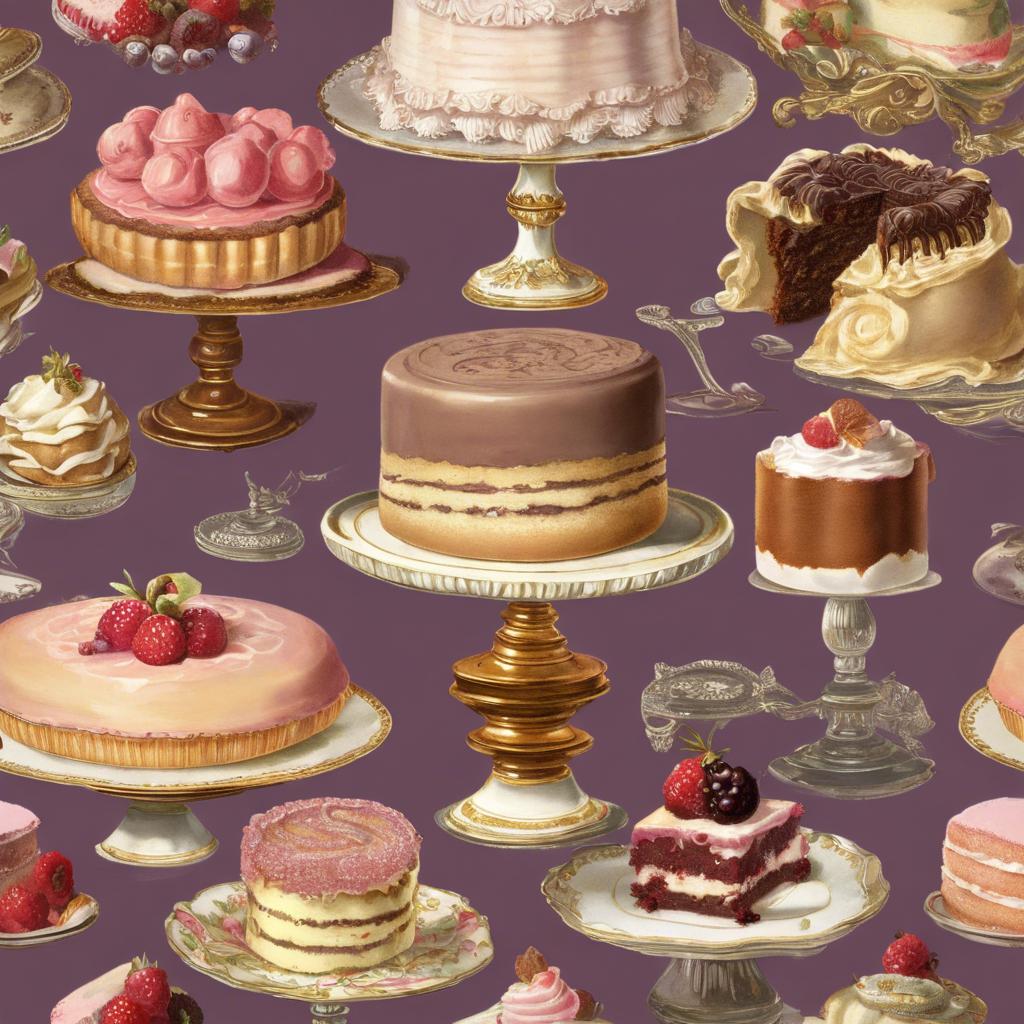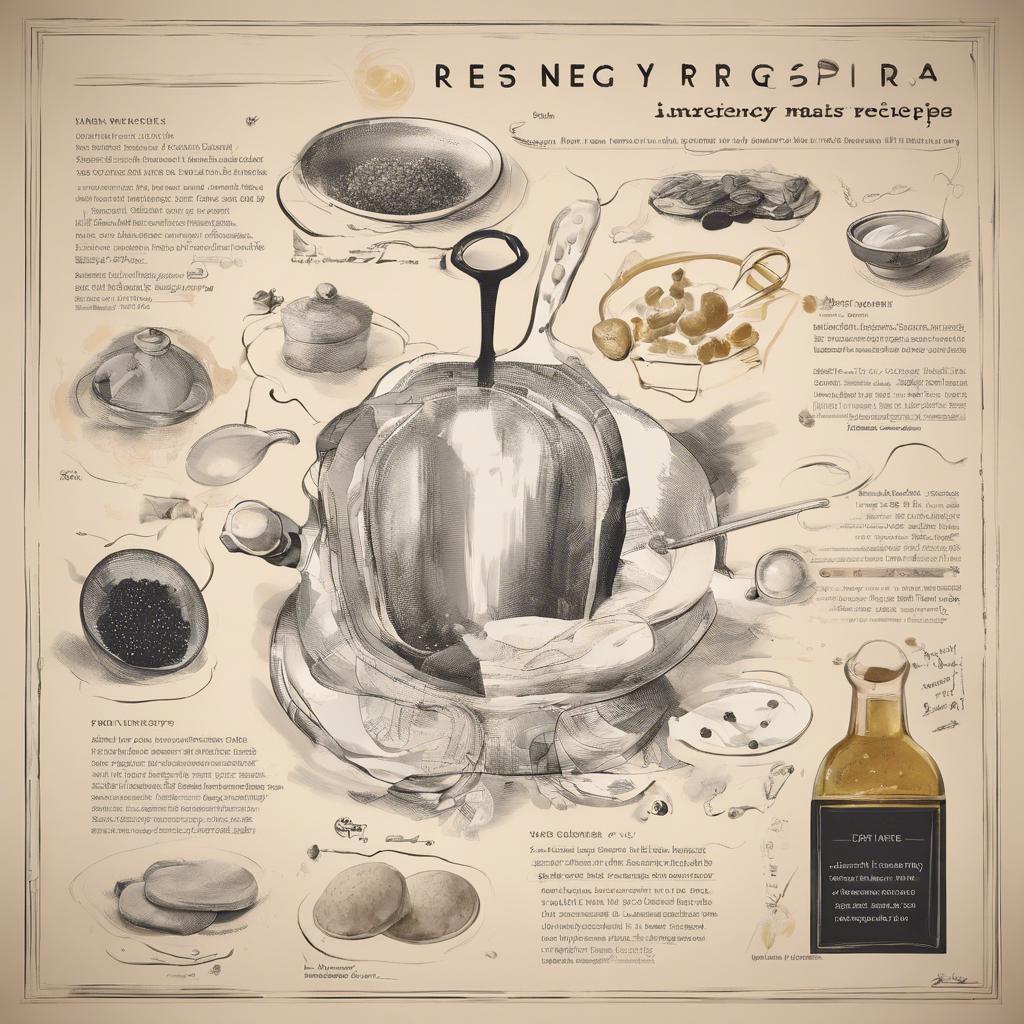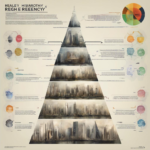In the elegant and meticulously orchestrated world of Regency era dining, culinary artistry reached its zenith. The era spanning from 1811 to 1820, marked by the reign of King George IV, heralded a period of lavish feasts and refined dining experiences. During this time, a plethora of exquisite recipes were meticulously documented, showcasing the culinary prowess of the era. Join us as we delve into the fascinating world of Regency era recipes, where gastronomic delights and culinary sophistication reigned supreme.
Step Into the World of Cheryl Bolen
Dive into the enchanting stories of love, intrigue, and elegance set in the Regency Era. Cheryl Bolen's novels offer timeless romance and captivating tales that will leave you wanting more.
Explore Cheryl Bolen's Books Now
Decadent Desserts From the Regency Era
Indulge in the decadent flavors of the Regency Era with these exquisite dessert recipes that will transport you back in time. From delicate pastries to rich puddings, these treats were enjoyed by the aristocracy of the early 19th century.
One of the most beloved desserts of the Regency Era was the Trifle, a layered concoction of sponge cake, fruit, custard, and whipped cream. This elegant dessert was often served at grand dinner parties and balls, impressing guests with its beautiful presentation and heavenly taste.
For a truly extravagant treat, try your hand at making Marlborough Pudding, a rich and creamy dessert made with eggs, sugar, butter, and brandy. This luxurious pudding was a favorite among the upper class and is sure to satisfy even the most discerning sweet tooth.
Exploring the Influences of French Cuisine in Regency Recipes
| Cuisine Influence: | French |
| Regency Era: | 1800s |
During the Regency era, French cuisine had a significant influence on the recipes and dining habits of the British upper class. The invasion of France by Napoleon Bonaparte led to an interchange of culinary traditions between the two countries, resulting in a fusion of French techniques and ingredients with traditional British dishes.
French flavors such as herbs like tarragon and spices like nutmeg became popular additions to Regency recipes. Dishes like Coq au Vin and Beef Bourguignon were adapted and incorporated into the British culinary repertoire, adding depth and sophistication to the dining experience of the elite during this period.
The use of cream sauces, rich stocks, and elaborate pastries in French cooking inspired the development of more decadent and indulgent dishes in Regency cuisine. French desserts like crème brûlée and éclairs made their way onto Regency dining tables, adding a touch of sophistication and luxury to the gastronomic landscape of the time.
The Role of Spices in Elevating Regency Era Dishes
During the Regency Era, spices played a crucial role in elevating the flavors of traditional dishes. They were not only used to enhance the taste of food but also to showcase the wealth and status of the host. A variety of spices were used in Regency cooking, adding depth and complexity to the otherwise simple dishes of the time.
Some of the most commonly used spices in Regency Era recipes included:
- Cinnamon: Known for its warm and sweet flavor, cinnamon was often used in both sweet and savory dishes.
- Nutmeg: This spice added a touch of earthiness and warmth to dishes such as custards and pies.
- Cardamom: Used sparingly, cardamom lent a unique and exotic flavor to dishes like curries and spiced cakes.
| Spice | Common Uses |
|---|---|
| Cinnamon | Sweet and savory dishes |
| Nutmeg | Custards and pies |
| Cardamom | Curries and spiced cakes |
In addition to these spices, others like cloves, ginger, and allspice were also prevalent in Regency cooking. These spices were often imported from exotic locations and were considered precious commodities. The careful selection and skillful use of spices were essential in creating the rich and flavorful dishes that were characteristic of the Regency Era.
Tips for Adapting Regency Recipes for the Modern Kitchen
When adapting Regency recipes for the modern kitchen, it is important to consider the differences in ingredients and cooking methods between the early 19th century and today. One key tip is to substitute hard-to-find or outdated ingredients with modern equivalents. For example, if a recipe calls for suet, you can use butter or vegetable shortening instead. Similarly, if a recipe calls for spices like mace or long pepper, you can use more common spices like nutmeg or black pepper.
Another tip is to adjust cooking times and temperatures to account for modern appliances. Regency-era recipes were often written for cooking over an open fire or in a hearth oven, which may require longer cooking times at lower temperatures. When adapting these recipes for a modern stovetop or oven, be sure to monitor the cooking process closely and make adjustments as needed.
don’t be afraid to get creative with presentation and serving suggestions. Regency-era cooks were skilled at elaborate garnishes and table settings, so feel free to add your own modern twist to make the dish more appealing to contemporary tastes. Consider serving a traditional Regency dessert in individual ramekins or garnishing a main course with fresh herbs for a pop of color and flavor.
Insights and Conclusions
exploring the culinary delights of the Regency era offers a window into a world defined by elegance, sophistication, and intricate flavors. From lavish court banquets to humble country fares, the recipes of this time period capture the essence of a society that valued tradition and refinement in all aspects of life. As we journey back in time through these culinary creations, let us savor the taste of history and appreciate the artistry and ingenuity of the cooks and chefs of the Regency era. May we continue to preserve and cherish these timeless recipes, ensuring that the culinary legacy of the past lives on for generations to come.


